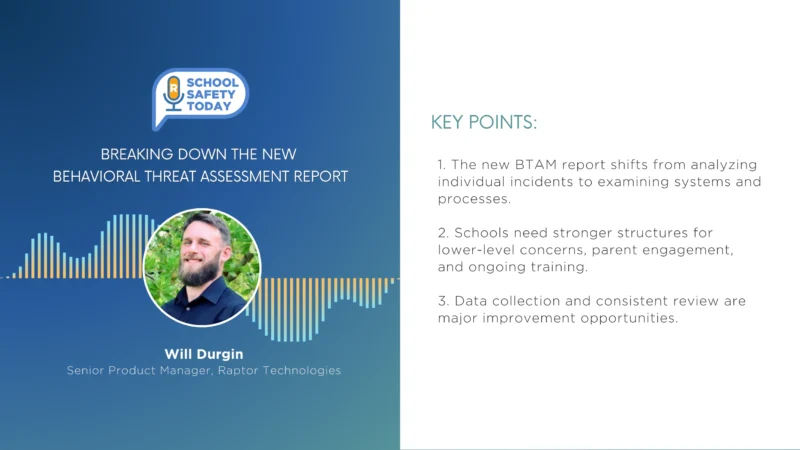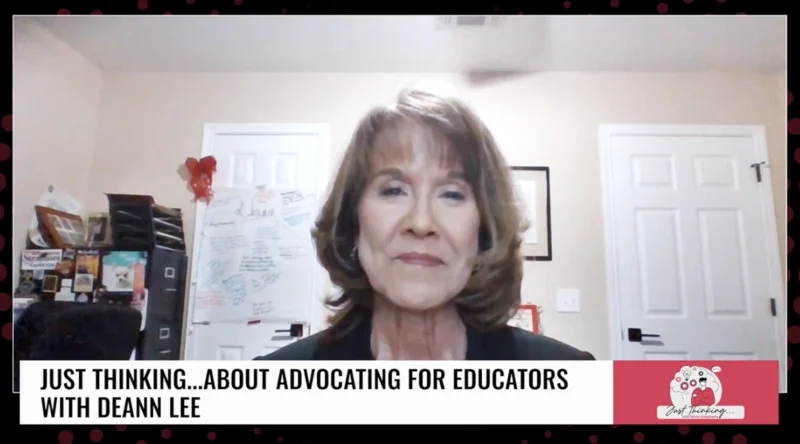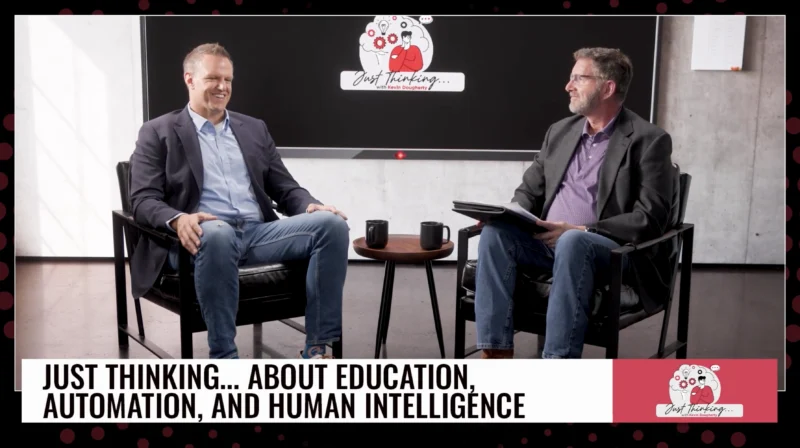The Lessons Learned from Covering Breaking News
In this gripping episode of SecurED, host Mike Matranga delves into a profound conversation with Anastasiya Bolton, Founder of ViKSTORY Media. Together, they unearth the chilling patterns that underlie some of the most tragic events in recent history.
The conversation starts with a haunting memory, the story of Natalie Holloway, a name etched into our collective consciousness as a symbol of tragedy. Bolton and Matranga touch upon the enigmatic case of Yaron van der Schloot, the man responsible for Holloway’s disappearance. The eerie fact that her remains were never found sets the stage for a chilling discussion.
As the conversation unfolds, we’re taken on a journey through Anastasiya Bolton’s remarkable career as a journalist. Her experiences covering crime and court stories in Denver, a city marked by the infamous Columbine High School shooting, provide unique insights into the world of law enforcement and communication during crises.
The conversation shifts to the Aurora theater shooting and the STEM School Highlands Ranch shooting. Bolton’s personal connection to the latter incident, with her stepdaughter being present during the event, adds a deeply personal dimension to the discussion. It serves as a stark reminder of how close tragedy can hit home.
But it’s not just the stories of these tragic events that captivate us; it’s the common threads that emerge in their aftermath. Anastasiya Bolton, with her extensive experience, points out the recurring issues that need addressing.
One crucial aspect is effective communication, both by law enforcement and schools. Bolton highlights the challenges faced by schools in conveying critical information to parents and communities during these incidents. The need for improved crisis communication strategies becomes apparent as she shares her insights.
As the conversation draws to a close, Mike Matranga and Anastasiya Bolton touch upon the potential for change. How can organizations like ViKSTORY Media contribute to enhancing communication strategies and addressing the underlying patterns of tragedy? It’s a question that lingers in the air, urging us to reflect and take action.
This episode is a reminder that in the face of unthinkable events, there’s always room for growth and change. Join us as we explore the untold stories and the challenges that lie ahead, aiming to create a safer, more informed world.




